Epic Journeys to Everest: Discover the Region’s Four Iconic Treks
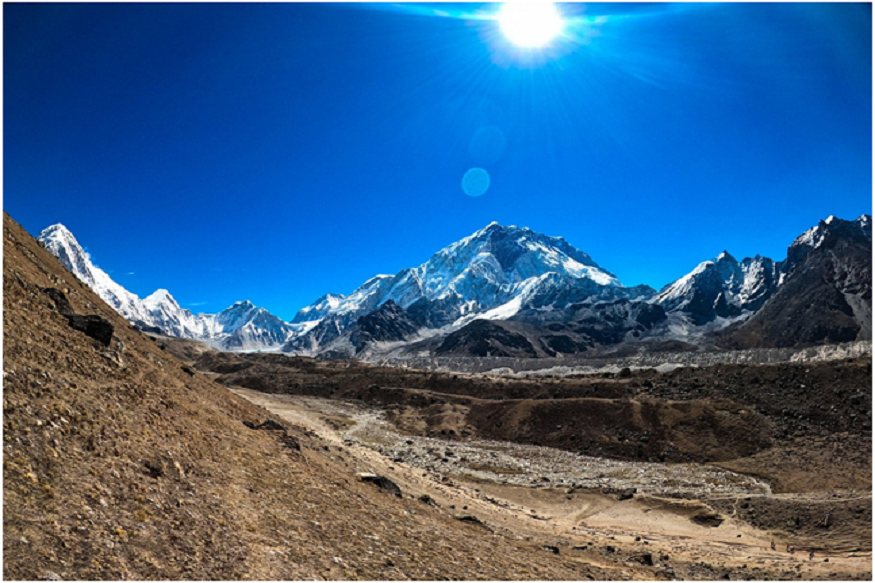
The Everest region is a domain where icy masses shimmer underneath towering peaks and antiquated trails wind through Sherpa towns, advertising trekkers one of the most elating encounters on Soil. Whether you’re looking for a classic enterprise, a time-saving helicopter return, a challenge over three tall passes, or a compact 12-day journey, there’s a perfect route for you. In this guide, we dive into four unforgettable treks:
- Everest Base Camp Trek (Classic)
- Everest Base Camp Trek with Helicopter Return
- Everest Three Pass Trek
- Everest Base Camp Trek – 12 Days
Everest Base Camp Trek: The Timeless Classic
The Everest Base Camp Trek is a dream adventure for countless hikers around the globe. This 14–16 day journey is the definitive route to the foot of the world’s highest peak, Mt. Everest (8,848.86m).
Overview
Beginning with a picturesque flight from Kathmandu to Lukla, the journey takes after the Dudh Koshi Waterway valley through celebrated Sherpa towns like Namche Bazaar, Tengboche, Dingboche, and Lobuche. With each step, trekkers pick up rise and wonder as the scene moves from rhododendron woodlands to elevated wilderness. The climax is the triumphant entry at Everest Base Camp (5,364m) and the panoramic viewpoint of Kala Patthar (5,545m).
Everest Base Camp Trek with Helicopter Return: Best of Both Worlds
If you’re short on time or prefer not to retrace your steps, the Everest Base Camp Trek with Helicopter Return provides a luxurious alternative. It combines the rich trekking experience on the way up with a dramatic aerial return.
Overview
After trekking up to Everest Base Camp and climbing Kala Patthar, you’ll board a helicopter for a breathtaking flight back to Kathmandu. This unique option allows trekkers to experience the grandeur of the Khumbu on foot while also enjoying a bird’s eye view of Everest, Ama Dablam, and Gokyo Lakes. It’s ideal for those with tighter schedules or a desire to minimize physical stress during descent.
Three Passes Trek: The Ultimate Everest Adventure
For trekkers seeking the most comprehensive and physically demanding experience in the Everest region, the Three Passes Trek is the ultimate challenge.
Overview
This 18–21 day circuit connects Everest Base Camp with three of the region’s most elevated and most shocking mountain passes: Kongma La (5,535m), Cho La (5,420m), and Renjo La (5,360m).
While demanding, the rewards include 360-degree Himalayan panoramas, fewer crowds, and a chance to cross all the major valleys of the Khumbu region.
Everest Base Camp Trek – 12 Days: Swift and Scenic
The Everest Base Camp Trek 12-Day is perfect for experienced trekkers with limited time who want a focused, efficient route.
Overview
This condensed itinerary trims additional acclimatization and touring days while keeping up all major highlights, counting Namche Bazaar, Tengboche Religious community, Everest Base Camp, and Kala Patthar. The trek is physically intense due to faster altitude gain, so it’s best for seasoned hikers or those with prior acclimatization. It’s a streamlined version of the classic route with no compromise on the core adventure.
Shared Trekking Route Highlights
Though each of these four treks offers a unique rhythm and route, they share many core highlights:
1. Lukla Airport (Tenzing-Hillary Airport)
A thrilling start as you land at one of the world’s most dramatic high-altitude runways.
2. Namche Bazaar (3,440m)
The vibrant Sherpa capital filled with lodges, bakeries, and local markets – a vital acclimatization stop.
3. Tengboche Monastery (3,860m)
Spiritual heart of the Khumbu, where monks chant beneath the gaze of Ama Dablam.
4. Kala Patthar (5,545m)
The best viewpoint to witness Mount Everest in full glory, especially at sunrise.
5. Everest Base Camp (5,364m)
A rocky outpost that serves as the launch point for expeditions – symbolic, iconic, and emotional for trekkers.
Cultural Experiences and Local Flavor
All four treks immerse you in the rich culture of the Sherpa people, Tibetan Buddhism, and mountain village life. You’ll encounter:
- Prayer wheels and main stones at every turn.
- Colorful chortens and fluttering prayer flags.
- Warm hospitality in teahouses serving dal bhat, yak cheese, and ginger tea.
In villages like Pangboche and Thame, ancient monasteries continue to bless climbers on their way to Everest.
Best Time to Go
The best seasons for all these Everest treks are:
- Spring (March to May): Clear skies, blooming rhododendrons, and warm days.
- Autumn (September to November): Crisp views, stable weather, and festival season.
Avoid monsoon season (June to August) due to rain and landslides, and be cautious trekking in deep winter (December to February) due to snow and cold.
Permits Required
For all four routes, trekkers need:
- Khumbu Pasang Lhamu Rural Municipality Entry Permit – NPR 2,000 per person.
- Sagarmatha National Park Permit – NPR 3,000 per person (for foreigners).
- TIMS Card is no longer required for Everest treks as of 2023.
These can be arranged by your trekking agency or purchased at entry points.
Physical Fitness and Preparation
EBC Classic and 12-Day Trek:
- Moderate to strenuous.
- 5–7 hours of walking daily.
- Acclimatization is built-in (more in classic than in the 12-day).
EBC with Helicopter Return:
- Moderate effort on the way up.
- No physical strain on the way down.
Three Pass Trek:
- Very strenuous.
- Requires endurance, high-altitude trekking experience, and mental toughness.
Prior training with cardio, stair climbing, and light backpacking is recommended.
Accommodation and Meals
All treks offer teahouse accommodations with basic but cozy rooms, often twin-sharing. Facilities decrease in comfort with elevation. Most villages serve:
- Dal Bhat (rice, lentils, and veggies)
- Momos (Tibetan dumplings)
- Pasta, noodles, and eggs
- Masala tea, ginger lemon honey, hot chocolate
The helicopter trek may include upgraded lodges or even luxury options depending on the package.
Altitude Considerations
Acute Mountain Sickness (AMS) is a risk above 3,000 meters.
- EBC 12-Day and Three Pass Trek require extra caution.
- Hydration, slow pacing, acclimatization days, and sometimes Diamox are key to safety.
- Agencies carry oxygen and pulse oximeters.
Why Choose These Treks?
| Trek Name | Best For | Duration | Challenge | Unique Element |
| EBC Classic | First-timers, photography | 14–16 days | Moderate | Balanced itinerary |
| EBC with Helicopter Return | Luxury + adventure | 9–12 days | Moderate | Aerial view return |
| Three Passes Trek | Adventurers, veterans | 18–21 days | Difficult | Full Everest circuit |
| EBC 12-Day | Fit trekkers, limited time | 12 days | Moderate-High | Efficient pace |
Travel Tips
- Pack layers – mornings and evenings are cold, even in spring.
- Bring extra power banks or solar chargers – electricity is limited.
- Always trek with a guide or porter for safety and cultural depth.
- Stay insured for high-altitude trekking and helicopter evacuation.
Conclusion: Your Everest Adventure Awaits
The Everest region offers more than fair the world’s tallest mountain – it’s a living social hallway through tall valleys, sacrosanct peaks, and the beating heart of Himalayan life. Whether you’re chasing a long lasting dream at base camp, crossing incredible passes, or flying back in fashion after your journey, each course conveys an exceptional memory.
Choose your travel based on your objectives, pace, and fashion – and let Everest rethink your sense of ponder.
FAQs
Q1: Can beginners do the Everest Base Camp trek?
Yes, especially the classic route with acclimatization days. However, good fitness and preparation are essential.
Q2: Is the helicopter return trek more expensive?
Yes. Costs are higher due to the helicopter, but it saves time and offers a luxurious finish.
Q3: How cold does it get on the trek?
Temperatures can drop below -10°C at night in higher altitudes. Layers and sleeping bags rated to -15°C are recommended.
Q4: Is the Three Passes Trek worth the extra effort?
Absolutely. It’s a complete, raw, and beautiful Himalayan experience – but only for the well-prepared.
Q5: Do I need prior experience for the 12-day trek?
It helps. The quicker ascent means less time for acclimatization, so previous altitude trekking experience is highly recommended.
Booking Process by Adventure Great Himalaya Treks:
To book any of these treks tours through Adventure Great Himalaya A Best Trekking Company In nepal ,To discuss your preferred dates, group size, and specific needs. They will provide a detailed itinerary covering these trek’s duration, highlights, cost, and inclusions such as a guide, porter, meals, accommodation, and transportation.
Prior to the trek, you will receive a comprehensive pre-trek briefing with essential information on packing, fitness preparation, and altitude acclimatization. The agency will finalize all logistical arrangements, including transportation, accommodation, and permits, to ensure everything is in place for your trek. Upon arrival in Nepal, the team will ensure that all aspects of the trek are organized, providing you with a smooth and unforgettable experience on these treks.

 Where To Find the Best Packages for Your Next Turkey Trip?
Where To Find the Best Packages for Your Next Turkey Trip? 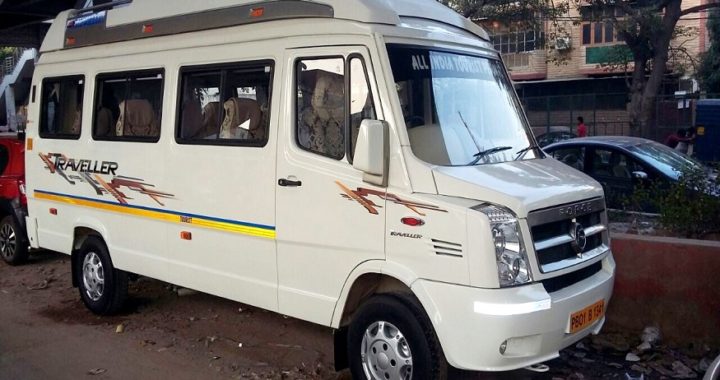 Why rent a tempo traveller for your next Trip?
Why rent a tempo traveller for your next Trip?  Going for a weekend in Dublin
Going for a weekend in Dublin 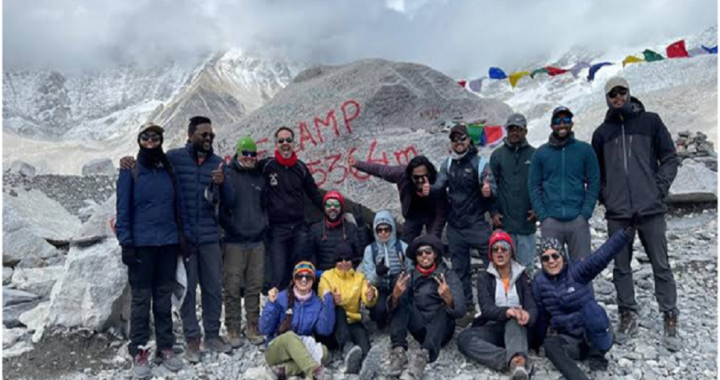 Unforgettable treks Begin at Everest EBC Trek, Island Peak Climbing, Cho La Pass Trek
Unforgettable treks Begin at Everest EBC Trek, Island Peak Climbing, Cho La Pass Trek 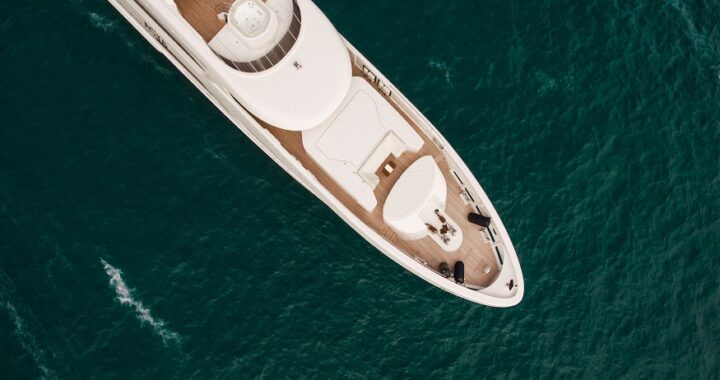 The Art of the Grand Host: Entertaining on an Unrivaled Scale Aboard a Turkish Superyacht
The Art of the Grand Host: Entertaining on an Unrivaled Scale Aboard a Turkish Superyacht 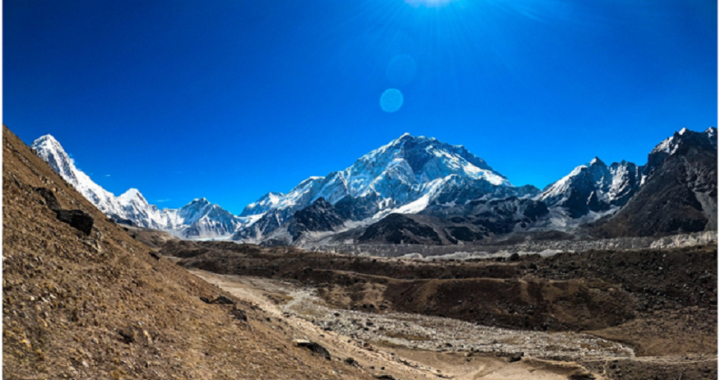 Epic Journeys to Everest: Discover the Region’s Four Iconic Treks
Epic Journeys to Everest: Discover the Region’s Four Iconic Treks 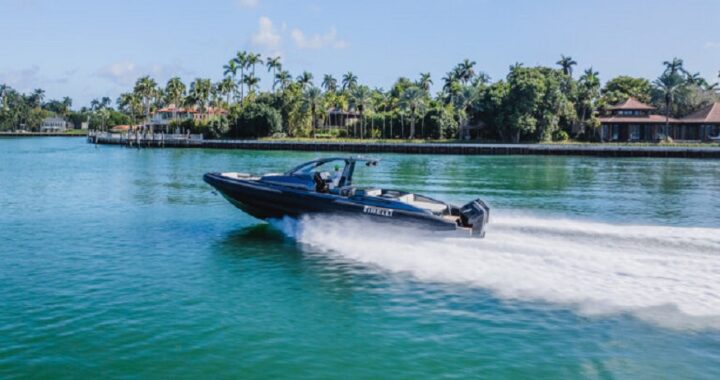 Ibiza Yacht Retreat: Rejuvenate Your Mind, Body, and Soul
Ibiza Yacht Retreat: Rejuvenate Your Mind, Body, and Soul